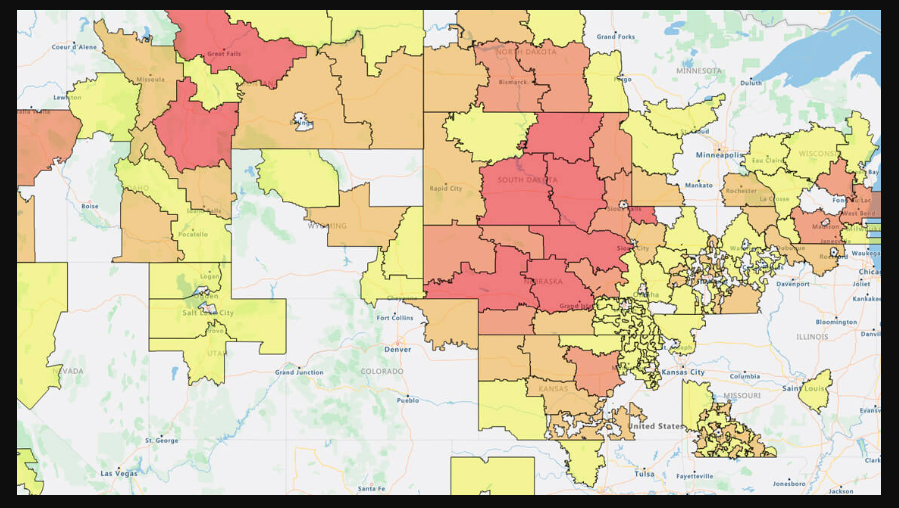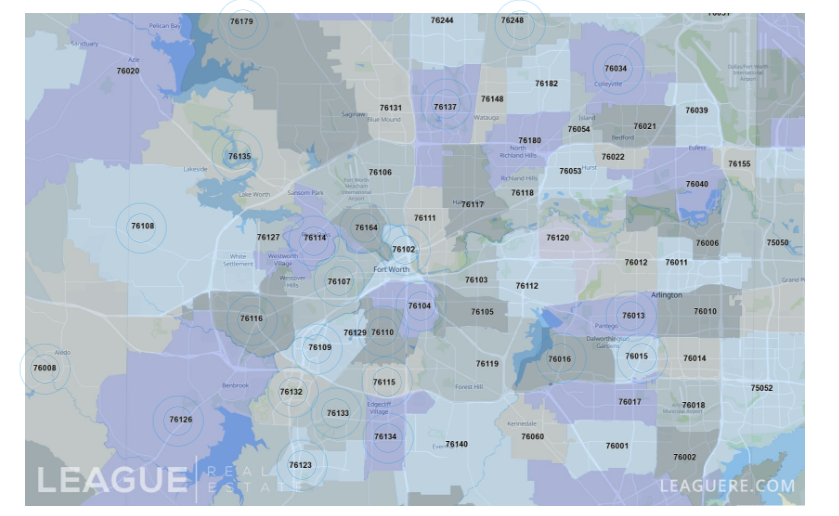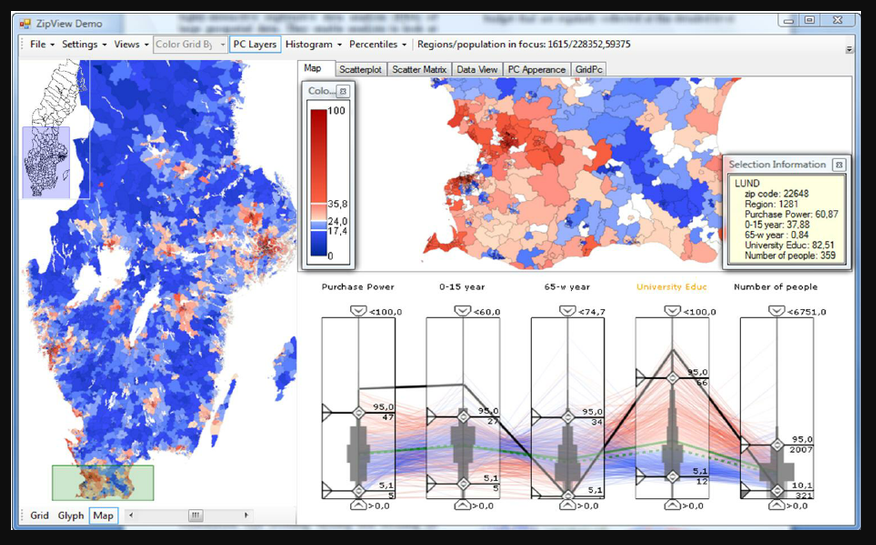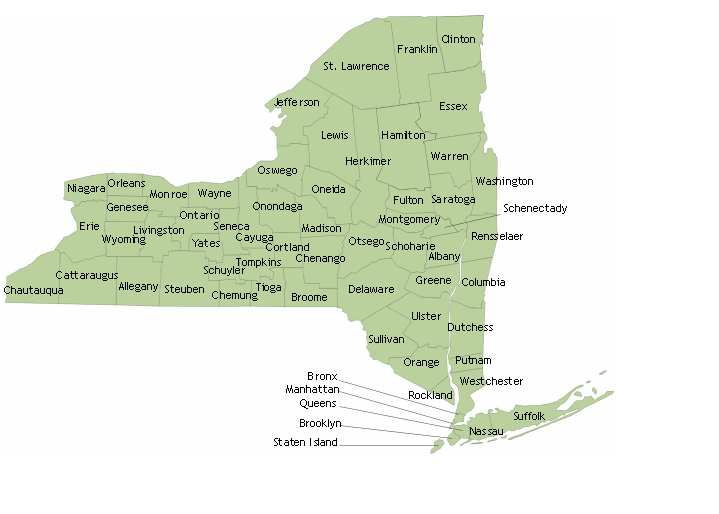A zip code map is more than just a geographical representation; it’s a powerful tool that can be used to visualize data, understand communities, and make informed decisions. From businesses targeting specific demographics to individuals seeking the perfect neighborhood, zip code maps offer a wealth of insights into the characteristics and dynamics of different areas.
What is a Zip Code Map?
A zip code map is a map that displays boundaries of zip code areas. These maps can be simple, showing just the outlines of each zip code, or they can be more complex, incorporating data layers such as demographics, income levels, crime rates, or consumer spending patterns.
How Are Zip Code Maps Used?
Zip code maps have a wide range of applications across various industries and sectors:
- Marketing and Sales:Businesses use zip code maps to target specific demographics, tailor their marketing campaigns, and optimize their sales strategies.

Real Estate:Real estate agents and homebuyers use zip code maps to analyze property values, identify desirable neighborhoods, and assess the potential for appreciation.

Education:School districts use zip code maps to determine attendance zones, allocate resources, and plan for future growth.

Public Health:Public health officials use zip code maps to track disease outbreaks, identify health disparities, and allocate resources to underserved communities.

Government:Government agencies use zip code maps for a variety of purposes, such as planning infrastructure projects, allocating funding, and analyzing demographic trends.
Zip code maps offer numerous benefits for individuals, businesses, and organizations:
- Visual Representation of Data: Zip code maps make it easy to visualize complex data sets, allowing for quick and easy analysis.
- Identification of Patterns and Trends: By examining data within specific zip codes, patterns and trends can be identified, leading to informed decision-making.
- Targeted Marketing: Zip code maps enable businesses to target specific demographics with their marketing messages, resulting in higher engagement and conversions.
- Improved Resource Allocation: Government agencies and non-profit organizations can use zip code maps to allocate resources more effectively, ensuring that they are reaching the communities that need them most.
Creating Your Own Zip Code Map
There are several ways to create your own zip code map. You can use online mapping tools, such as Google Maps or Maptive, or you can purchase a zip code map from a cartography company. Many geographic information system (GIS) software programs also allow you to create custom zip code maps.
The Future of Zip Code Maps
As technology continues to evolve, so too will the capabilities of zip code maps. With the increasing availability of big data and sophisticated mapping tools, zip code maps will become even more powerful and versatile, providing even deeper insights into the communities we live in.
Whether you’re a business owner looking to target a specific market or an individual seeking to understand your neighborhood better, zip code maps are an invaluable tool. By harnessing the power of data and visualization, zip code maps can help us make better decisions, improve our communities, and ultimately, create a better world.